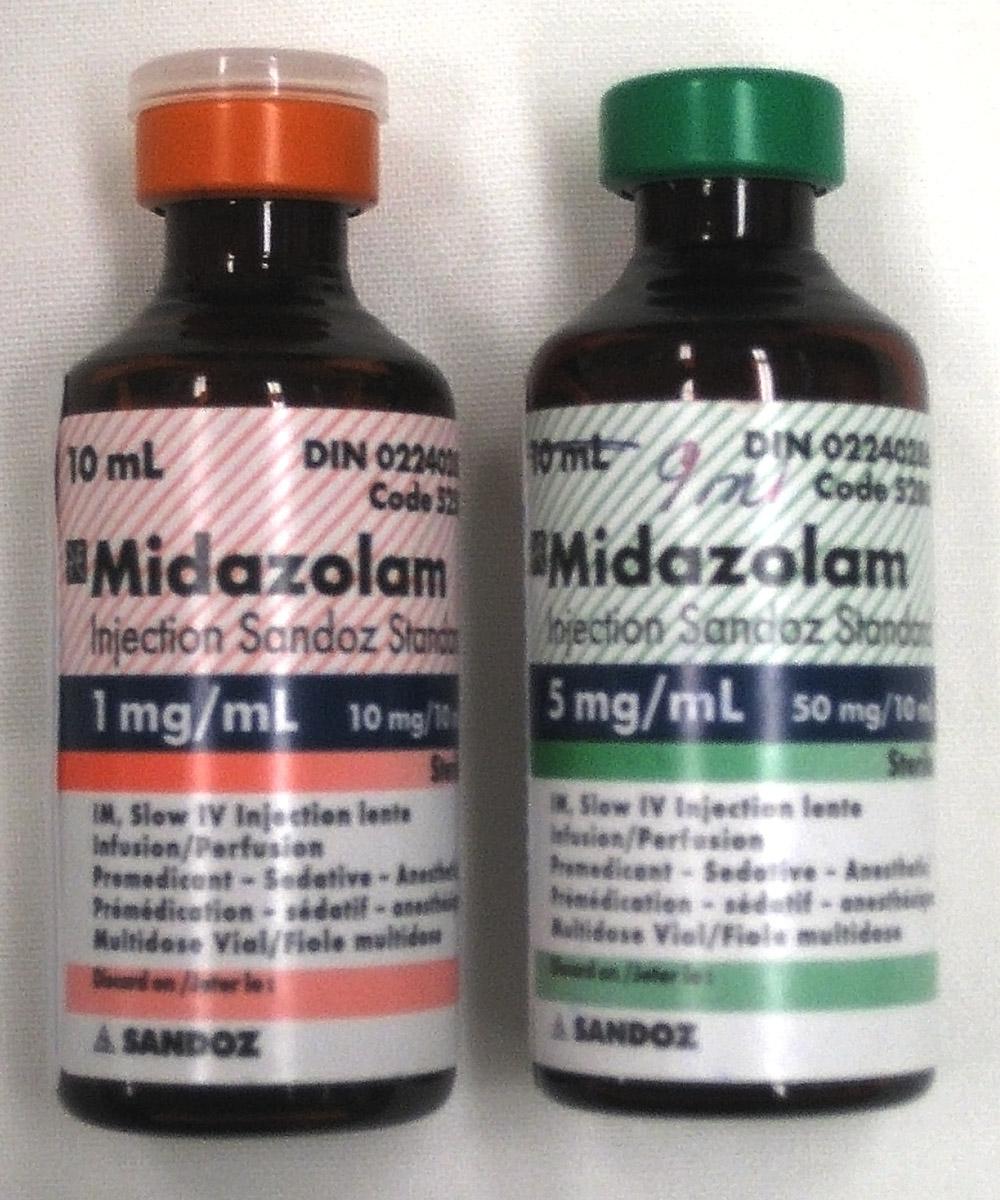Update, Nov. 13, 4:46 p.m.: The Columbus Dispatch reports that Ohio Gov. John Kasich has stayed the execution of Ronald Phillips, in a decision that has absolutely nothing to do with the untested and potentially dangerous drug combination with which the state was planning to inject him. Phillips had previously requested to donate his heart and one of his kidneys to two family members, and the Dispatch reports that Kasich has postponed the exection in order to “determine if his organs can be harvested.” The execution has been rescheduled for July 2, 2014.
On Thursday the state of Ohio is scheduled to inject a convicted child rapist and murderer named Ronald Phillips with a two-drug cocktail that begins with the sedative midazolam hydrochloride and ends with the painkiller hydromorphone. The two drugs have never been used in concert to kill a man, and as such, nobody knows how well they will work. There’s a chance, then, that Phillips’ death will be a painful and prolonged one, potentially violating the Eighth Amendment’s ban on cruel and unusual punishment. And yet the state of Ohio will proceed anyway, seemingly not caring that it’s conducting a ghastly, inhumane lab experiment.
Drugging a man to death is a tricky business. Most states use a multi-drug “cocktail” that sedates an inmate before paralyzing him and stopping his heart. If the sedative wears off too quickly, or doesn’t take effect for a while, then the inmate might remain awake and aware for the rest of the process, suffering great pain. For years, though, most states used the same combination of drugs, which meant that there was eventually plenty of data on how those drugs worked and how to avoid the worst possible outcomes.
In recent years, European drug manufacturers have decided to stop selling the standard anesthetics—sodium thiopental and pentobarbital—for use in executions. Since then, states have been scrambling to find viable pharmaceutical alternatives, each of which comes with its own set of questions. How long will the drug last? How long before it takes effect? How much should be administered? How quickly should it be administered? Because there is no body of research that would answer these questions, states are learning the answers as they go along. And the condemned inmates are the guinea pigs in these deadly experiments.
In October, Florida executed a man named William Happ using a three-drug cocktail that kicked off with midazolam, a fast-acting sedative that had never before been used in a lethal injection context. (This is the same drug that will be used to sedate Ronald Phillips.) At the time, there was much concern over how well the drug would work, and the answer, it seems, was not very well. After Happ’s death, the Associated Press reported that he “remained conscious longer and made more body movements after losing consciousness than other people executed recently by lethal injection under the old formula.” As Molly Redden recently wrote at Mother Jones, one reporter who witnessed Happ’s execution this October said, “I thought he would never die.”
There are similar worries with hydromorphone, which is being used in an execution for the first time. Ohio will basically just be guessing as to the amount of hydromorphone it will take to kill Ronald Phillips. But if they guess wrong, it could be disastrous. Too little, and Phillips might not die; too much, and he might die very, very painfully. Mother Jones’ Redden interviewed an Ohio State clinical surgery professor who notes that “effects of a hydromorphone overdose include an extreme burning sensation, seizures, hallucination, panic attacks, vomiting, and muscle pain or spasms.” A Harvard anesthesiology professor says that an overdose of hydromorphone might make Phillips “feel as though he were choking to death.”
It’s worth remembering why Ronald Phillips is on death row in the first place. In 1993, he raped and murdered his girlfriend’s 3-year-old daughter. Phillips’ crime is disgusting, and certain people might find it appropriate if Phillips’ death is horrific and tortuous as the one suffered by his victim. But poetic justice is not actual justice. “Let’s try these drugs, they’ll probably work” should not be a valid execution protocol. And states should not be allowed to experiment with men’s lives, no matter how worthless we think those lives have been.
